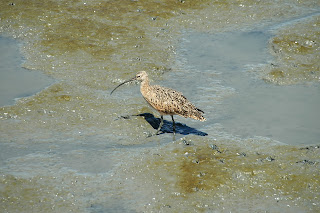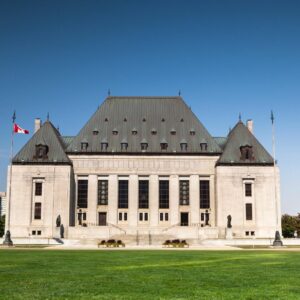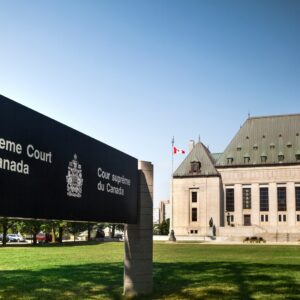
Long-billed Curlew: Shutterstock.com
This summer, we told you that hidden within the federal government’s 2012 Budget was a decision to divest itself of millions of acres of some of the rarest habitat on the continent – native grasslands known in the prairie provinces as “community pastures” or PFRA (Prairie Farm Rehabilitation Administration) pastures. These are some of the last large chunks of grassland bird habitat in North America. More so than any other landscape — in national or provincial parks or on private land — the old PFRA pastures are vital to at least 31 species at risk, including some of Canada’s most endangered birds.
One of those species at risk is the Long-billedCurlew, which is listed as a species of Special Concern under Schedule 1 of the Species at Risk Act. A public consultation on a draft Management Plan recently wrapped up, and we used the occasion to issue a public letter to Environment Canada and Agriculture & Agri-food Canada, calling on the Government to reverse its decision to divest these lands, and to keep this rare habitat under federal management, where the level of protection is strongest.
According to The State of Canada’s Birds 2012 report, grassland birds including Longspurs, Meadowlarks, Sprague’s Pipit, Greater Sage-grouse and others, have declined by 50% due largely to a loss of habitat.
There’s still a high degree of uncertainty over the Long-billed Curlew’s numbers, but it is clear that the historical range has been dramatically reduced. Habitat loss and degradation are the greatest threats facing the species throughout its range, with conversion of grassland to agricultural uses strongly implicated. In Manitoba Long-billed Curlew is considered extirpated and in Saskatchewan the species has declined significantly in the past century. The remainder of the Canadian population extends into Alberta and British Columbia.
One reason – perhaps the biggest reason — that these community pastures contain almost all of the best remnants of mixed-grass prairie in Canada is that they have been well-managed and grazed sustainably under federal funding for the last 65 years.
Handing these pastures over to the provinces — Manitoba, Saskatchewan and Alberta — with their smaller budgets, limited staff, and weaker protections, will severely imperil grassland wildlife. In many cases, the provinces will likely sell the lands off to private interests for intensive farming or other development.
The Management Plan for the Curlew recommends, rightly, that to save this species key breeding and migration sites within the Canadian range must be identified, managed and conserved – that includes native grasslands and other important habitats within the species’ range.
The Long-billed Curlew has been confirmed in 14 community pastures in the Prairie provinces. Those remnant prairie habitats within the PFRA areas should be conserved until a better understanding of this species’ needs is obtained and the species recovery can be better addressed. For a species whose habitat requirements and current population numbers are as poorly understood as the Curlew’s, it is impossible to estimate the long-term impact of eliminating these vital grassland remnants.
If the Government of Canada divests itself of these lands, how long before the pastures fall into the hands of private owners with purely commercial interests? Even ranchers, who have been long-time good stewards of many of these pastures, don’t think it’s a good idea.
Groups like Nature Canada, Nature Saskatchewan and Alberta Wilderness Association, who issued this public letter, are working with cattle ranchers and other stakeholders to come up with a better alternative. To paraphrase Trevor Herriot, instead of “selling Canada’s best remaining native grassland to the highest bidder”, a different path should be struck “that will continue to allow for sustainable levels of grazing, healthy range management, and rural employment for pasture managers, while protecting vital mixed grass prairie ecosystems for Burrowing Owls, Sprague’s Pipits, swift foxes, and countless other creatures.” Including the Long-billed Curlew.



